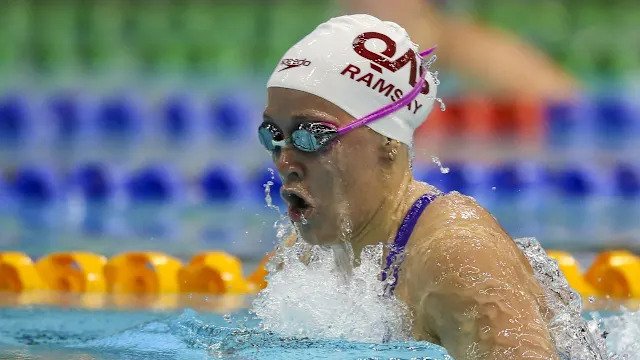
China Heads Doping Test Stats Ahead of Aquatic Worlds
As the 2025 World Aquatics Championships in Singapore approach, China has emerged as the most tested nation in the sport, according to recent figures released by the Aquatics Integrity Unit (AIU). The testing data, compiled from the start of 2025 until now, reveals that Chinese swimmers have undergone more anti-doping tests than athletes from any other country, reflecting heightened scrutiny and a commitment to clean sport.
Since January 1, Chinese swimmers have averaged 8.8 tests per athlete — the highest of all participating nations. In comparison, American swimmers averaged 4.1 tests, neutral athletes (primarily from Russia) 8.2, Great Britain 2.2, and other leading swimming nations such as Australia, Japan, and France between 2.5 to 4.0 tests per athlete.
This rigorous testing is partly a response to a controversial incident from 2021 when 23 Chinese swimmers tested positive for trimetazidine, a banned heart medication. Chinese authorities claimed the swimmers were unknowingly exposed to the substance through contaminated food at a hotel. The World Anti-Doping Agency (WADA) accepted this explanation, but the incident raised global concerns, especially after it was revealed that these athletes went on to compete and win medals at major international events.
As a result, anti-doping organizations and swimming authorities have doubled down on testing protocols for Chinese athletes. The AIU has made it a priority to ensure transparency and fairness ahead of the championships, especially with the Paris 2024 Olympic Games on the horizon.
Some Chinese athletes have been tested more than a dozen times individually this year. Wang Haoyu tops the list with 13 tests, followed closely by Qin Haiyang and Yang Peiqi with 12 tests each. Other names like Liu Yaxin, Peng Xuwei, and Sun Jiajun have each undergone 11 tests. These athletes are among China’s top swimming talents and are expected to be medal contenders in Singapore.
So far, the AIU has conducted over 4,000 tests in preparation for the championships. An additional 830 samples are expected to be collected during the 24-day event itself. Testing is being coordinated with the International Testing Agency to maintain high standards and ensure the integrity of the results.
The sharp increase in tests for Chinese swimmers also mirrors a global effort to clean up the sport. Across the board, athletes from other top-performing nations like the United States, Australia, and France are being monitored, though at lower test averages. Analysts note that while China’s numbers are high, they also reflect a willingness to cooperate with global testing efforts and move forward from past controversies.
The AIU emphasized that the comprehensive testing regimen is not a punitive measure but a part of World Aquatics’ broader strategy to uphold integrity in the sport. With the aquatic world’s eyes on Singapore and the Olympics looming, ensuring a level playing field is more crucial than ever.
Ultimately, China’s position at the top of the doping test statistics may not be a sign of guilt, but of accountability. Whether this translates into trust being rebuilt within the international sports community remains to be seen, but what’s clear is that no nation will be spared scrutiny in the pursuit of clean competition.
As the competition begins, the performances in the pool will hopefully overshadow the controversies on land — but all eyes will remain on how strictly rules are enforced, and how cleanly the sport is conducted in Singapore.
Leave a Reply